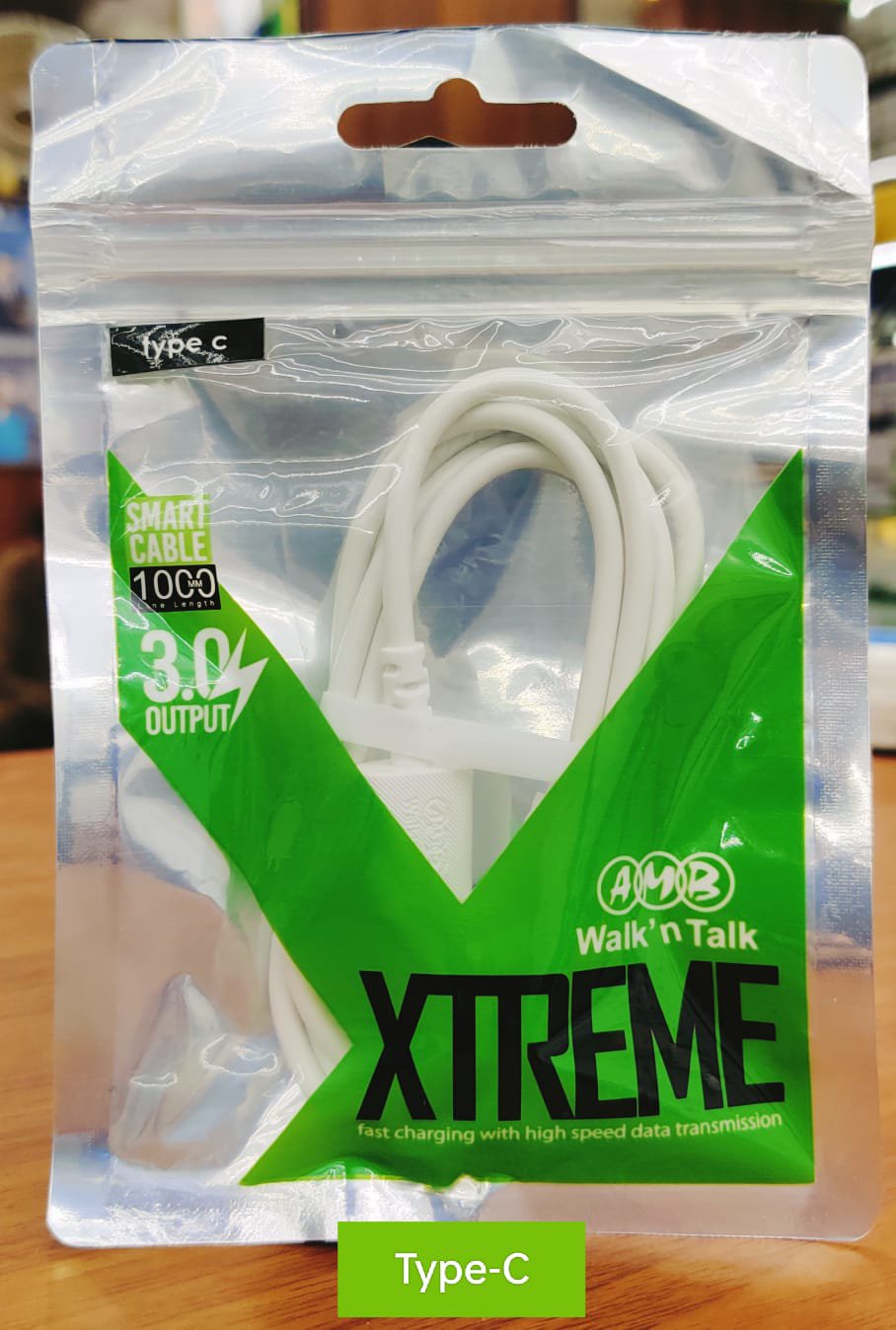In today's digital age, where connectivity is key, data cable play a crucial role in ensuring seamless communication and transfer of information between devices. From charging our smartphones to transferring files between computers, data cable have become an indispensable part of our daily lives. In this comprehensive guide, we'll delve into the world of data cables, exploring the different types available, their uses, and essential tips for maximizing their effectiveness.
Understanding Data Cable:
Data cables, also known as USB cables (Universal Serial Bus), are used to connect electronic devices for data transfer, charging, and synchronization purposes. These cables consist of multiple wires bundled together, encased in a protective sheath. The connectors at each end of the cable allow for easy connection to various devices such as smartphones, tablets, computers, cameras, and more.
Types of Data Cable:
- USB-A to USB-B: This is one of the most common types of data cable, featuring a rectangular-shaped USB-A connector on one end and a square-shaped USB-B connector on the other. It's often used to connect peripherals such as printers, scanners, and external hard drives to computers.
- USB-A to USB-C: USB-C cable have gained popularity in recent years due to their reversible connector design and faster data transfer speeds. They're commonly used for charging smartphones, laptops, and other devices that feature a USB-C port.
- Micro-USB: Micro-USB cable are smaller in size compared to USB-A and USB-C cable and are commonly used for charging smartphones, tablets, Bluetooth speakers, and other portable devices.
- Lightning Cable: Developed by Apple, Lightning cable are used to charge and sync Apple devices such as iPhones, iPads, and iPods. They feature a proprietary connector that is smaller and reversible, similar to USB-C.
- Thunderbolt Cable: Thunderbolt cables are designed for high-speed data transfer between devices such as computers, monitors, and external storage drives. They offer incredibly fast transfer rates and are commonly used in professional settings.
Uses of Data Cable:
- Charging: One of the primary uses of data cable is for charging electronic devices. Whether it's your smartphone, tablet, or digital camera, data cables provide a convenient way to keep your devices powered up.
- Data Transfer: Data cable facilitate the transfer of files between devices. Whether you're transferring photos from your camera to your computer or syncing music to your smartphone, data cable make the process quick and efficient.
- Device Connectivity: Data cable are used to connect various peripherals to computers and other devices. This includes printers, keyboards, mice, external hard drives, and more, allowing for seamless communication between devices.
- Software Updates: Many electronic devices receive software updates via data cable. Whether it's updating the operating system on your smartphone or installing firmware updates on your camera, data cables are essential for keeping your devices up to date.
Tips for Using Data Cables Effectively:
- Choose the Right Cable: Make sure to use the appropriate data cable for your device. Using the wrong cable can result in slower charging speeds or compatibility issues.
- Invest in Quality: Opt for high-quality data cables from reputable manufacturers. Cheap, poorly made cable are more prone to damage and can pose safety risks.
- Avoid Overcharging: To prolong the lifespan of your devices' batteries, avoid overcharging them. Once your device is fully charged, unplug it from the charger to prevent unnecessary strain on the battery.
- Handle with Care: Treat your data cable with care to avoid damage. Avoid bending or twisting the cables excessively, and always unplug them by gripping the connector, not the cable itself.
- Keep Them Organized: Invest in cable organizers or cable ties to keep your data cable neat and tangle-free. This not only makes them easier to store but also helps prevent damage from knots and tangles.
In conclusion, data cable are an essential tool in today's digital world, facilitating everything from charging our devices to transferring data between devices. By understanding the different types of cables available, their uses, and following some simple tips for effective usage, you can ensure seamless connectivity and optimal performance from your electronic devices.


No comments yet